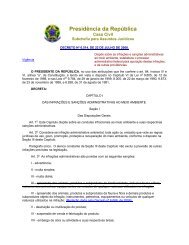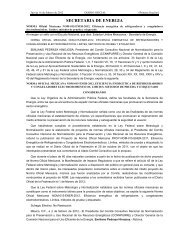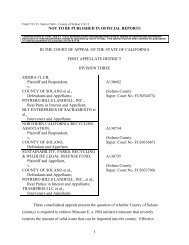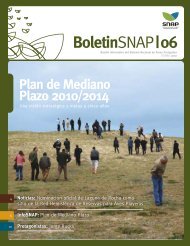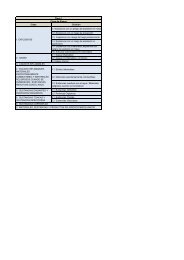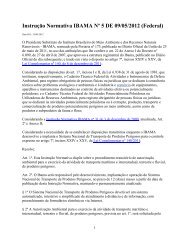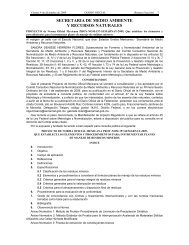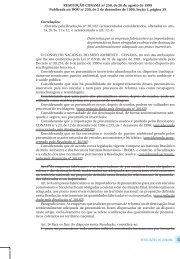OceAn science OceAn science OceAn science
OceAn science OceAn science OceAn science
OceAn science OceAn science OceAn science
You also want an ePaper? Increase the reach of your titles
YUMPU automatically turns print PDFs into web optimized ePapers that Google loves.
1<br />
Forecasting the Response<br />
of Coastal Ecosystems to<br />
Persistent Forcing 35 and<br />
extreme Events<br />
52<br />
Coastal ecosystems are subject to a variety of forcings, ranging from extreme events<br />
(Increasing Resilience to Natural Hazards), to human activities (Improving Ecosystem<br />
Health), to changing ocean conditions (The Ocean’s Role in Climate). Understanding<br />
the response of natural and constructed landscapes and ecosystems (e.g., algal blooms,<br />
hypoxia, coral-reef bleaching, decline in sea ice) to these forcings; forecasting the frequency,<br />
intensity, and impact of those forcings; and providing tools to develop policy and<br />
management responses are integral to constructing more resilient structures and communities,<br />
and protecting the natural environment. Research and observations will focus on<br />
establishing the basis for both short-term forecasts and long-term, probabilistic assessments<br />
of coastal vulnerability to extreme events, persistent natural processes, and human<br />
influences across the coastal zone. This effort will enhance regional observing systems and<br />
models, integrate substantial existing observations, and incorporate new observations to<br />
address critical regional data gaps. Data and information products will be made widely<br />
available to diverse end users through a national ocean-observing capability. Results from<br />
this effort will inform hazard mitigation and response plans, provide forecasting data to<br />
support navigation safety, and assist regional resource managers and public health officials<br />
in sustaining ecosystem and public health, and promoting hazard resilience.<br />
Observations of physical characteristics and processes, including material inputs from<br />
adjacent watersheds and contributing airsheds, ocean influences on hurricane intensification,<br />
and characterization of submerged and coastal landscapes, will be integrated to<br />
support data-assimilative modeling of, for example, water quality, nutrient, sediment, and<br />
contaminant transport; waves and water levels; and the coastal response to hurricane processes.<br />
Biological observations, including new DNA-based techniques, will enable development<br />
of coupled physical and biological models of ecosystem-level response to various<br />
stressors. Coupled research, observations, and model development might focus on identification,<br />
quantification, and transport of pathogenic microbes and various species of harmful<br />
algae, and lead to robust, timely forecasts of human-health threats and natural-resource<br />
impacts. Additionally, linking environmental-quality data with public-health surveillance<br />
activities will support modeling and prediction of the geographic expansion of potential<br />
health risks from hurricanes and specific waterborne vectors, toxins, and pathogens.




